Exact Answer: After about 2-3 weeks
Amputation of a limb is the extreme treatment of an orthopedic problem. This can be painful physically as well as mentally. Physicians try to save the upper or lower limb as this can be a punishment for life. But if the infection goes to a higher extent, they will have no option but to amputate the limb. Amputation can cause physical and mental trauma simultaneously.
Before fitting a prosthesis, the patient should be mentally stable and acceptable about the prosthesis. Generally, people hesitate to adopt a new thing. It takes time to make yourself understand that this is going to be a part of your body now.
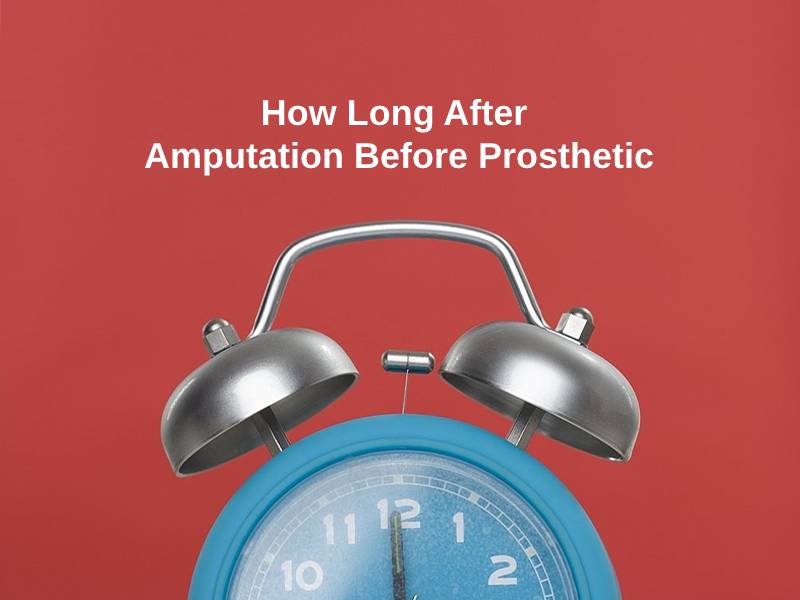
How Long After Amputation Before Prosthetic?
| Type | Time |
| Normal case | 2 weeks |
| In cases of severe injury | 3 weeks |
Before fitment of a prosthesis, the patient has to go through many procedures such as
1) Patient Assessment
PMRD doctors and clinical prosthetists thoroughly assess the patient before giving the prescription about which prosthesis should be given. They examine the stump length, stump condition, medical history, personal factor, medical factor, prosthetic factor.
2) Pre fitment treatment
Before giving the prosthesis, the physician checks if there are any muscular abnormalities, ligamental laxity, or any pain at the distal end. Then the patient has to go through a session of physiotherapy to treat all those medical problems. This whole process is called pre-fitment treatment. This also includes sterilization of infection.
3) Prosthesis fabrication
With the proper measurements and examination, the prosthetist fabricates the prosthesis that fulfills the patient’s basic need: the cosmesis and the biomechanical comfort. It should be aligned properly so that the energy consumption will be less while using this prosthesis. This is the main step towards proper treatment.
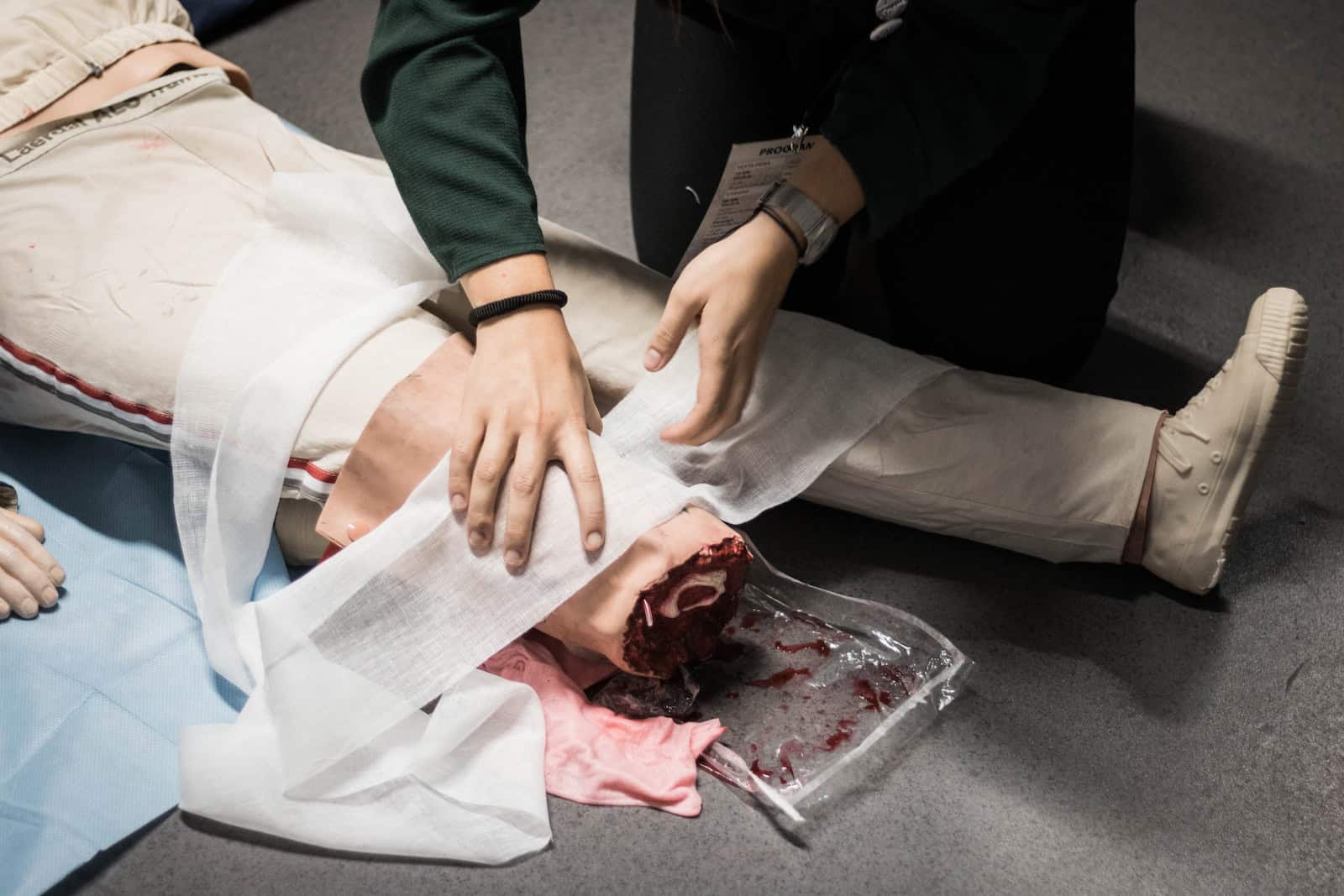
4) Gait training
To adapt to the prosthesis, the patient has to go through required gait training. First, he gets to learn how to stand erect with the prosthesis in weight-bearing mode. Any pain or any discomfort is checked during this procedure. Then he slowly learns how to walk with support and without support.
5) Proper follow up
Once the training is done patient can go home with the prosthesis but he needs to take care of some problems like hygiene and comfort. And after 3 months he must consult a fellow physician to know the progress with the prosthesis.
Why Should One Wait So Long For Prosthetic After Amputation?
The answer to this question can be of various types. First of all the amputated limb needs to heal properly before the fitment of any prosthesis. There could be more than one cause for amputation like road traffic accidents, diabetes, cancer, any congenital disease, autonomic disorder, infection, orthopedic problems, and many more. So all these causes needed to be studied thoroughly and given the right treatment before giving any of the prostheses.
If there is any sinus leakage from stitches then it needs to be dry, otherwise, it will lead to infection. There can be phantom limb pain (an unusual distracting pain in which the patient can feel the amputated limb although it’s not there). Phantom limb pain mostly psychological pain. Treatment of scars and stitches is required to avoid any infection. The skin condition is checked whether it’s sensitive or not.
The muscle condition is checked if there is any swollen part left which can be treated by compression bandage or crepe bandage. Otherwise, this will cause loosening of the prosthesis after few days. Edema should be checked and treated properly. Fabrication of the prosthesis will also take time. Time consumption will be worth it because the prosthesis needs to be done with precision and correct measurements otherwise it will show a biomechanical deficit of the prosthesis and there will be gait deviation.
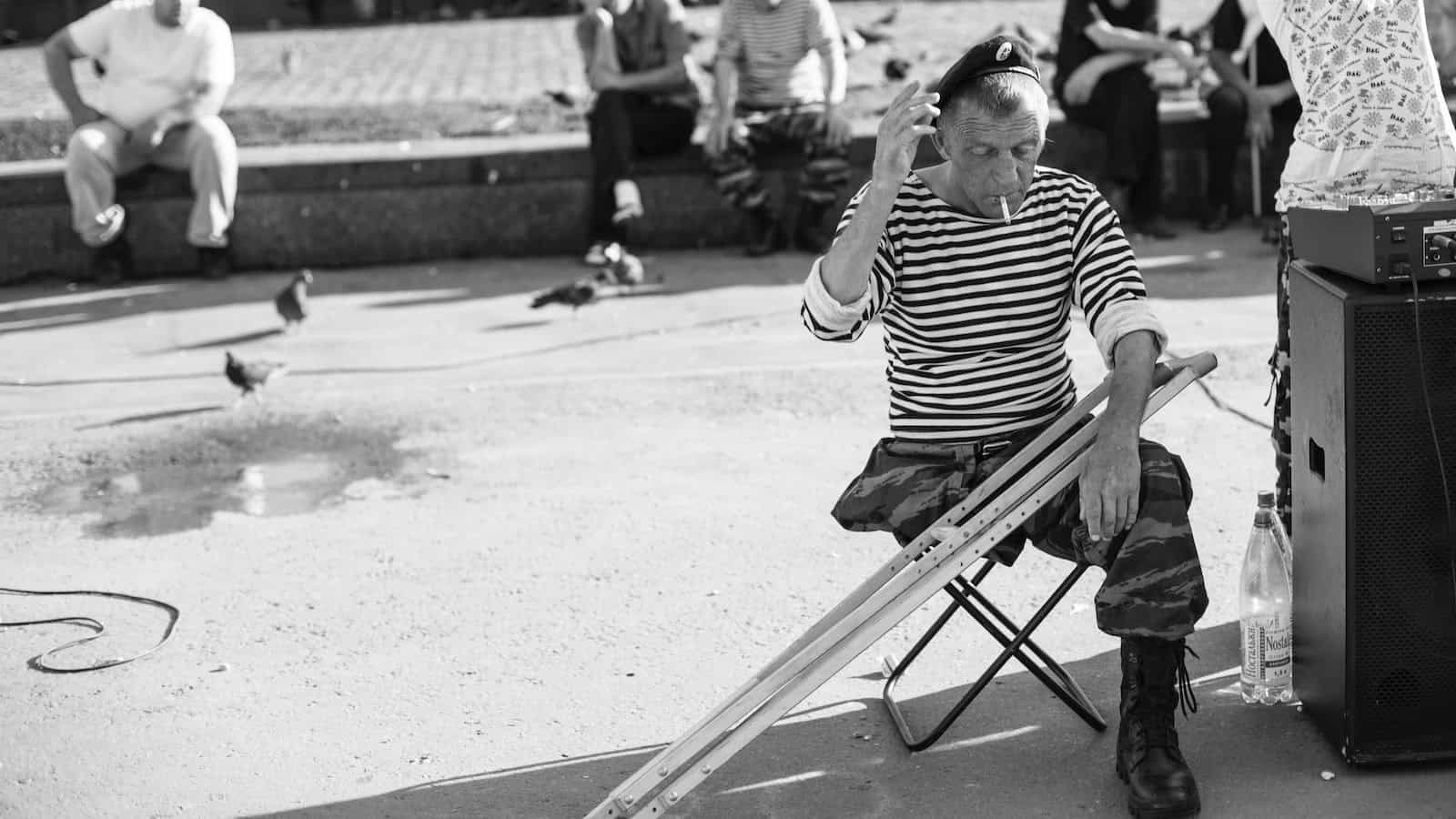
And gait deviation eventually leads to more energy consumption or expenditure. The alignment should be perfect to match the center of gravity and weight line of the body. All these procedures will take time.
Conclusion
The main summary of all the knowledge is that a person who went through an amputation needs a certain amount of time to stabilize himself/herself physically and mentally for the fitment of the prosthesis. Sometimes a child amputee can adapt the prosthesis more easily and an old age amputee or geriatric amputee takes time. Most of the time adult Amputees need some amount of counseling to adapt to the prosthesis.
The counselor tries to understand the amputee about the benefits of having a prosthesis and how it can help you to go through a normal life again doing daily household activities and not depend on any person. So with time, the amputee not only gets physically healed but also becomes mentally strong.

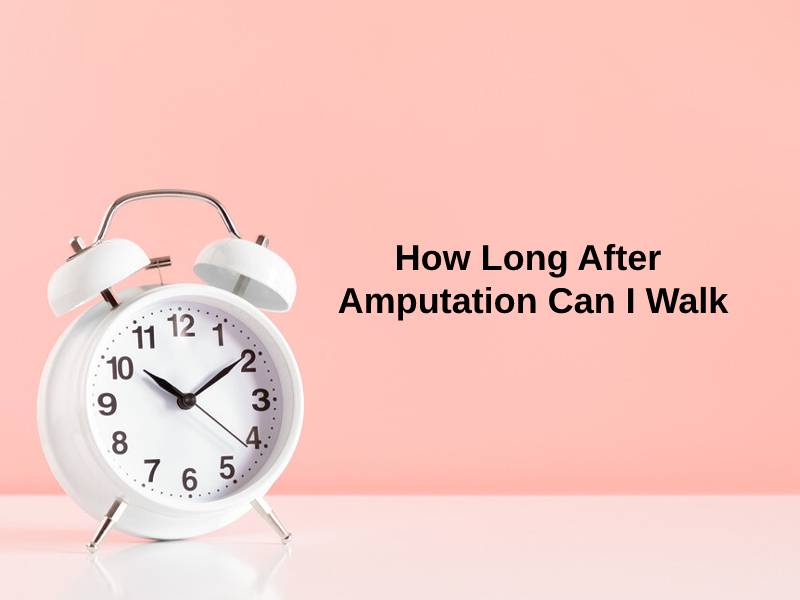

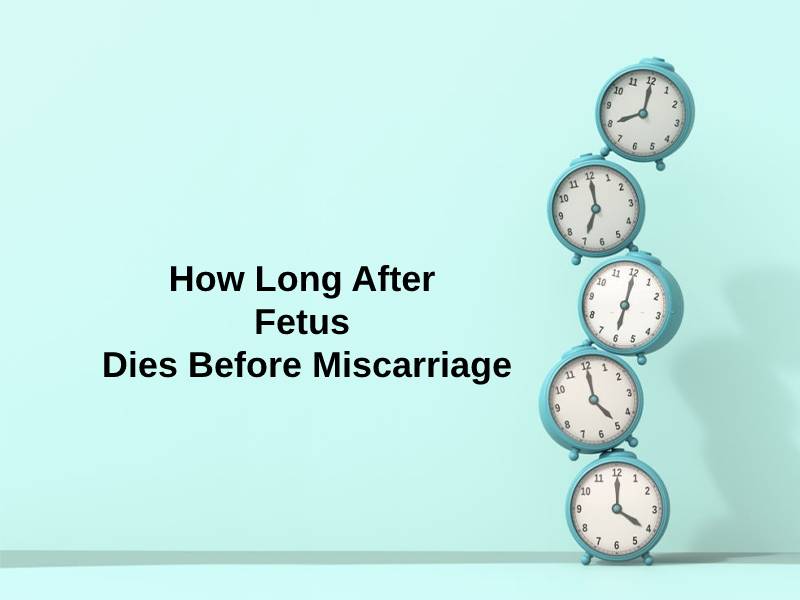


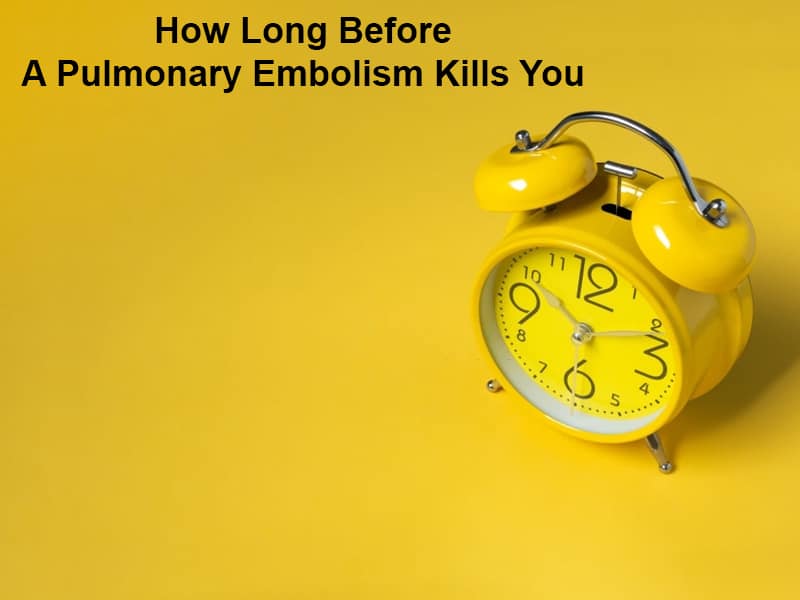



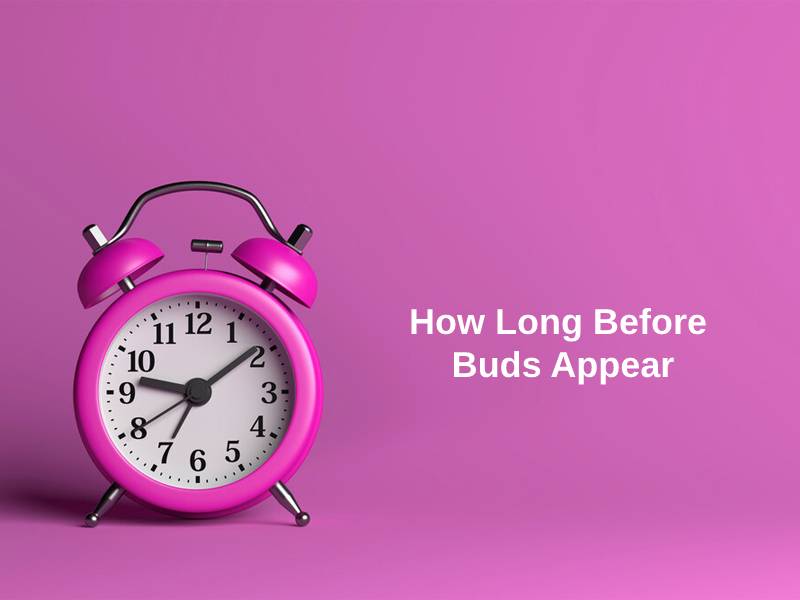

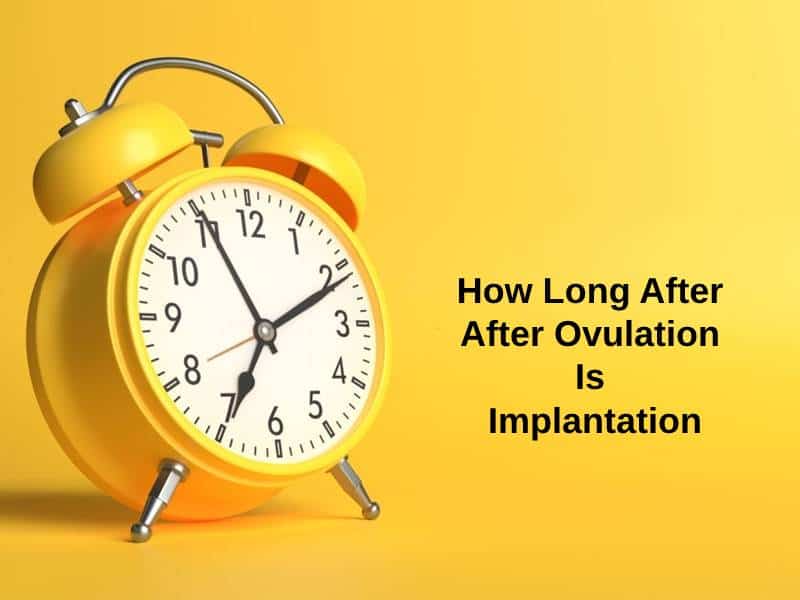



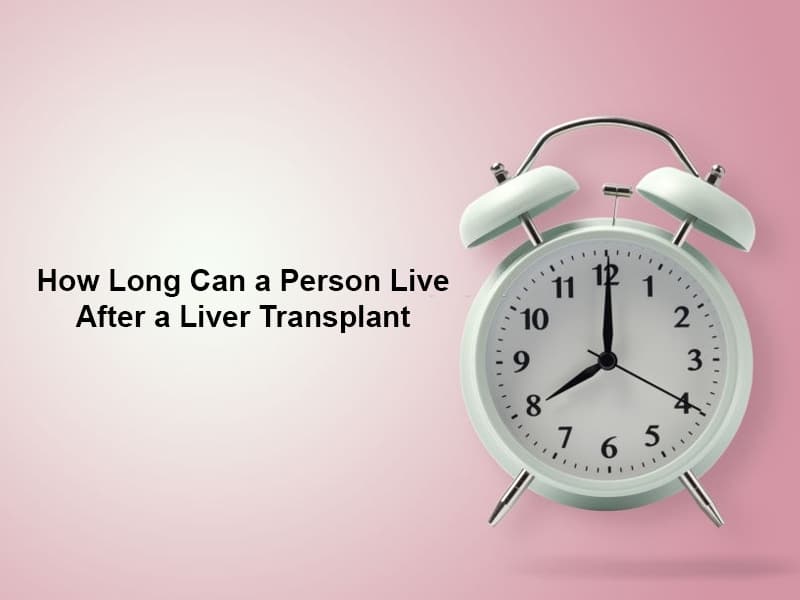
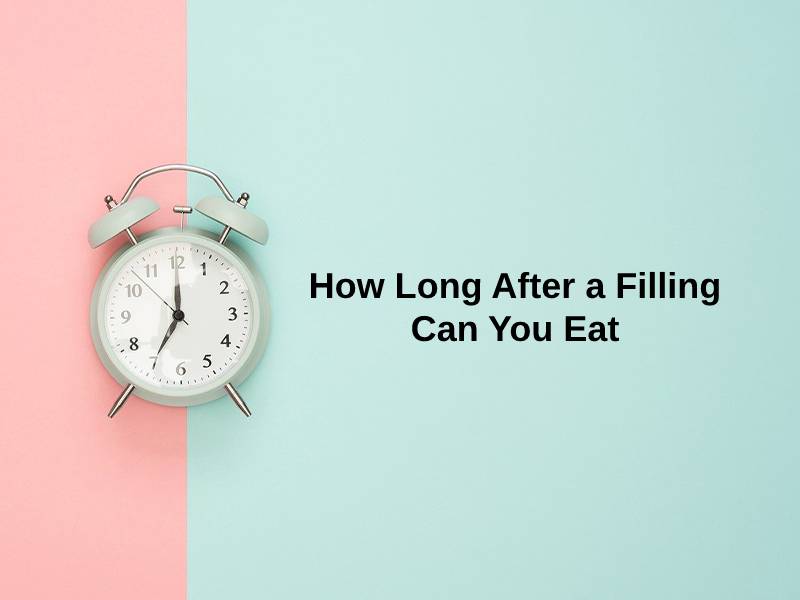
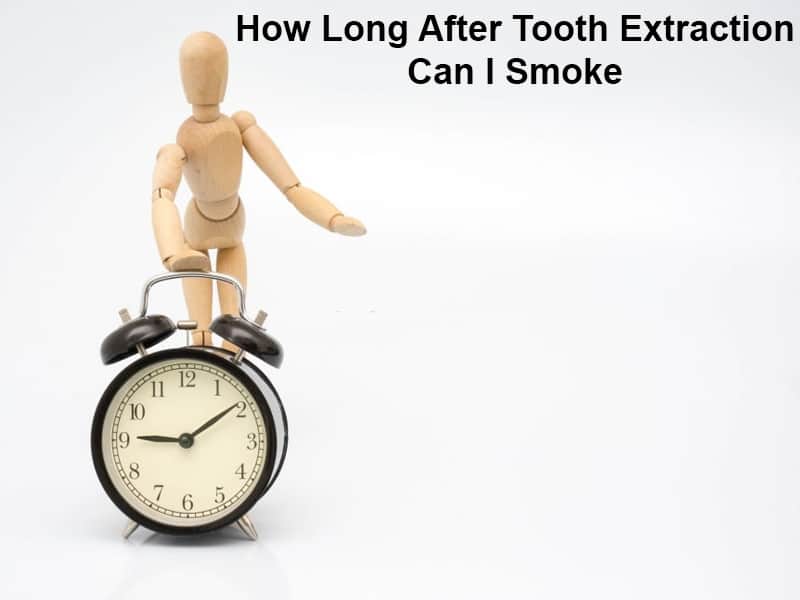


The post effectively addresses the importance of waiting for the proper fitment of a prosthesis after amputation. It emphasizes the need for healing and the various assessments that are crucial for the patient’s well-being.
Absolutely, the emphasis on healing and ensuring the proper conditions for fitment is vital. This article provides a comprehensive understanding of the entire process.
The detailed explanation about the causes of amputation and the corresponding treatments required before fitment is enlightening. It offers valuable insights for both patients and healthcare professionals.
The emphasis on the various procedures and treatments necessary before prosthetic fitment is truly valuable. The detailed explanation ensures a clear understanding of the patient’s journey and the significance of taking time for adaptation.
Absolutely, the post offers essential insights into the patient’s needs and the comprehensive process required for efficient prosthetic fitment.
The comprehensive information provided in this article is truly enlightening. It effectively conveys the importance of mental and physical well-being before prosthetic fitment and the varying needs based on age groups.
Absolutely, the post offers a valuable understanding of the patient’s needs and the procedures required for effective prosthetic fitment.
I completely agree. The detailed explanation about the patient’s journey and varying needs based on age groups is particularly insightful.
The comprehensive information presented in this article is truly valuable for individuals seeking knowledge about amputation and prosthetic fitment. The emphasis on pre-fitment treatment and gait training provides a clear understanding of the patient’s journey.
I couldn’t agree more. The detailed explanation about the patient assessment and follow-up procedures is particularly informative and provides a holistic view of the entire process.
This article eloquently conveys the importance of physical and mental stabilization before prosthetic fitment. The detailed explanation about the procedures and necessary time for adaptation is informative and enlightening.
Absolutely, the emphasis on proper stabilization and adaptation is crucial for patients, and this post effectively communicates the significance of these factors.
The information provided in this article is crucial for understanding the reasons behind the waiting period for prosthetic fitment. The emphasis on healing, muscle condition, and proper alignment offers a comprehensive view of the patient’s needs.
I completely agree. The detailed explanation about the checks and treatments necessary before fitment ensures that patients have a clear understanding of the entire process.
Absolutely, the post effectively conveys the importance of taking time for precise measurements and procedures, ultimately ensuring better outcomes for patients.
This article effectively communicates the significance of taking time for the precise fitment of a prosthesis after amputation. The emphasis on healing and the various assessments is enlightening and provides valuable information for readers.
I completely agree. The detailed explanation about the importance of the waiting period and the various assessments is truly insightful and essential for both patients and healthcare professionals.
This article provides a comprehensive and informative view of the fitment process for a prosthesis. The detailed explanation about healing, muscle condition, and alignment is crucial for both patients and healthcare professionals.
I couldn’t agree more. The post effectively conveys the importance of precise measurements and procedures for better outcomes.
The insight provided in this article regarding the adaptation to a prosthesis after amputation is valuable. The emphasis on age-related differences and counseling for adaptation offers a well-rounded understanding of the patient’s journey.
I completely agree. The post effectively addresses the varying needs of different age groups and the importance of counseling for adaptation.
This post provides extensive and valuable information about the amputation process and the fitment of a prosthesis. It emphasizes the importance of mental stability before the fitment, which is crucial for the patient’s overall well-being. The explanation about gait training and the fabrication of the prosthesis is particularly enlightening.
I completely agree! The detailed explanation about the procedure and the significance of taking the necessary time for fitting a prosthesis is insightful and informative.
Absolutely, the emphasis on mental and physical stability before the fitment of a prosthesis is essential. The post effectively conveys the importance of patience and proper procedures for the patient’s well-being.